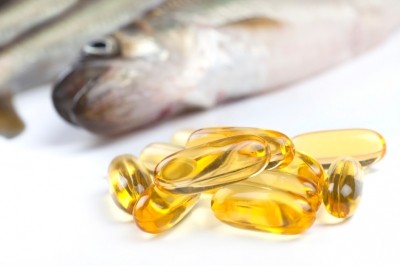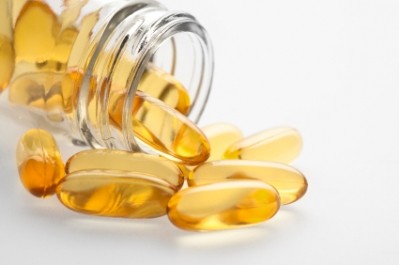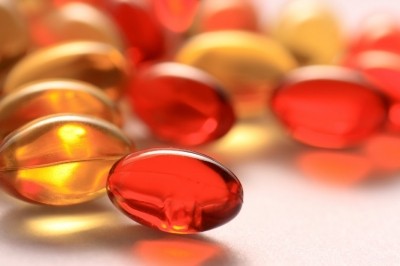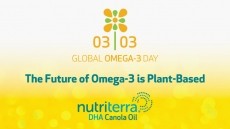‘Specific strategies are needed to boost omega-3 intakes,’ says Pharmavite study. ‘We have a campaign to change the conversation,’ says GOED
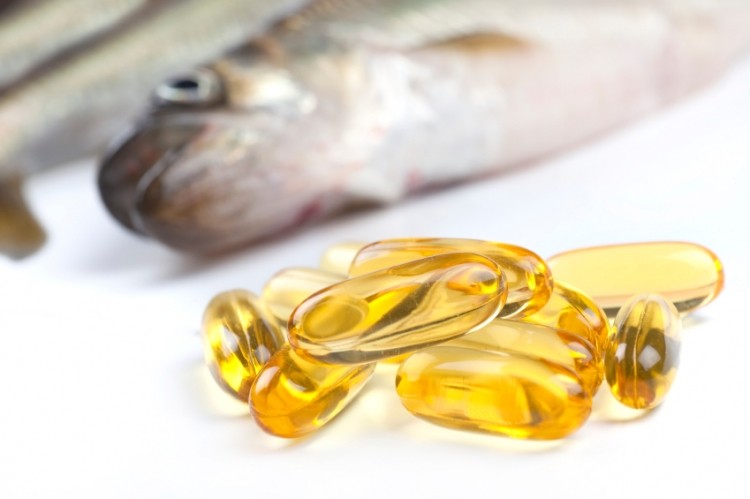
A new analysis of data from the National Health and Nutrition Examination Survey, 2003–2008 (NHANES) showed that younger adults and women were of particular concern for low omega-3 intakes, which may have negative consequences to cardiovascular disease risk, according to authors from Nutritional Strategies Inc, Pharmavite, LLC, and Nutrition Impact. The study was funded by Pharmavite.
“As we are approaching the development and release of the 2015 DGA, specific strategies to increase consumption of omega-3 fatty acids in the US population need to be addressed,” they wrote in the Nutrition Journal.
“As omega-3 fatty acids are deemed important from authoritative bodies, a collaborative strategy of dietary supplementation (i.e., fish oil supplements), food fortification, in addition to food sources (i.e., fish consumption) may need to be considered to achieve recommendations in the American population and to have significant and beneficial public health impact.”
Silencing the naysayers
Harry Rice, PhD, VP of regulatory and scientific affairs for GOED, told NutraIngredients-USA that the organization applauds the authors for their work which clearly identifies that Americans need more EPA and DHA.
“In the United States, the mean adult intake of EPA+DHA from food and dietary supplements combined is 113 mg/day, a level that is less than one-half the 250 mg/day recommendation found in the 2010 Dietary Guidelines for Americans.
“For the naysayers that don't believe low omega-3 intakes are an issue, consider that in 2010, the attributable burden of low EPA and DHA intakes in the US was calculated to be a staggering 1.6 million disability adjusted life years (DALYs). The World Health Organization defines one DALY as one lost year of healthy life with the sum of DALYs being the gap between current and ideal health.”
NHANES data
The authors of the new study examined the intake of total fish, fish high in omega-3 fatty acids, ALA, EPA, and DHA in American adults and found that the average intakes of total fish and fish high in omega-3s were about 0.4 and 0.07 oz/day, respectively.
The data also showed that adding supplements to the diet significantly increased intakes of EPA and DHA, compared with food alone: EPA and DHA from food was 23 and 63mg/d, compared with 41 and 72 mg/d for food plus supplements.
Older adults and men consumed more omega-3s, but “few consumed recommended levels”, said the authors.
“Our current observational findings show that a significant number of American adults are not meeting recommendations for omega-3 fatty acid intake,” they wrote. “This dietary behavior may have negative consequences to CVD risk. CVD builds over a lifetime, with initiation and progression commencing during the pediatric years, strengthening the argument to focus on nutrition behavior and select food consumption during childhood.”
Changing the conversation
Worryingly, fewer consumers are taking omega-3 supplements, according to data from GOED. Consumer analysis has indicated that 5.5% of consumers left the category between June 2012 and August 2013, with a large proportion being men aged over 55 (an 11.5% drop in this group). The main driver behind the decline in consumers is linked to negative mainstream media coverage.
GOED is working on a strategy to change the tone of the media conversation about omega-3s for the benefit of the whole industry. Adam Ismail, executive director of GOED, said that if you let the media dominate the conversation that it will be negative.
“Like any industry, if you’re going to sell a product you need to market it, and to build consumer confidence,” he said. While GOED has already raised millions of dollars to support the initiative Ismail said that more money was needed in order to maximize the impact of the campaign. “We need companies to make a decision soon,” he said.
“Many Americans by and large are deficient in EPA and DHA, and the nice thing about the NHANES data is that it shows that supplementation can make a difference. It’s very clear that you can meaningfully move the needle on omega-3 status,” he added.
Source: Nutrition Journal
2014, 13:31, doi: 10.1186/1475-2891-13-31
“U.S. adults are not meeting recommended levels for fish and omega-3 fatty acid intake: results of an analysis using observational data from NHANES 2003–2008”
Authors: Y. Papanikolaou, J. Brooks, C. Reider, V.L. Fulgoni
